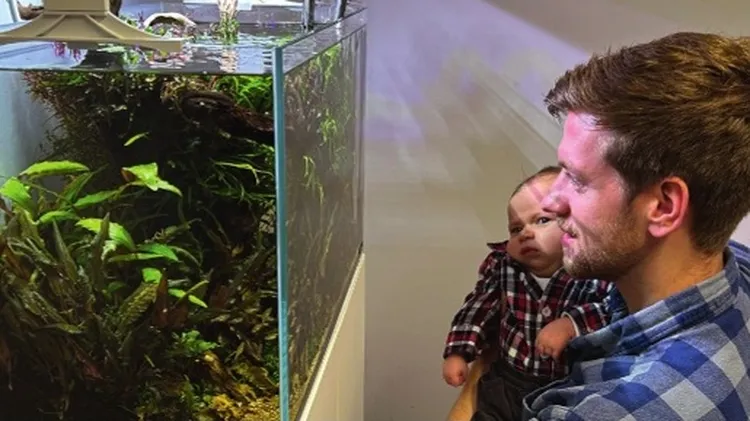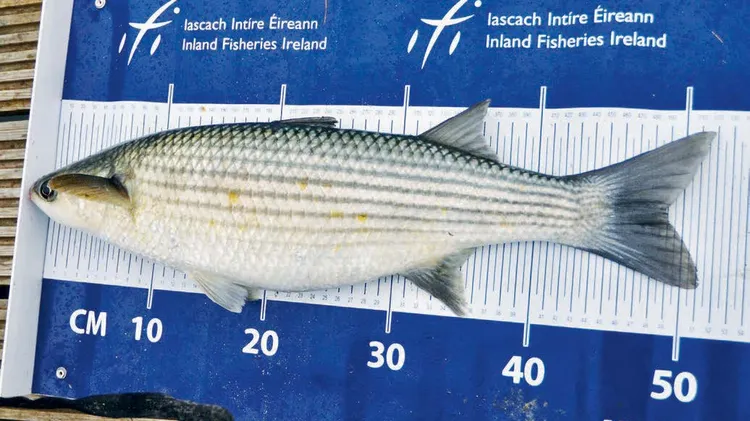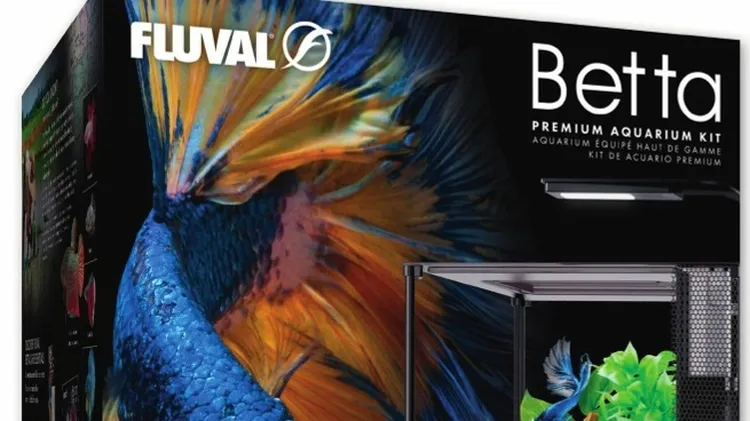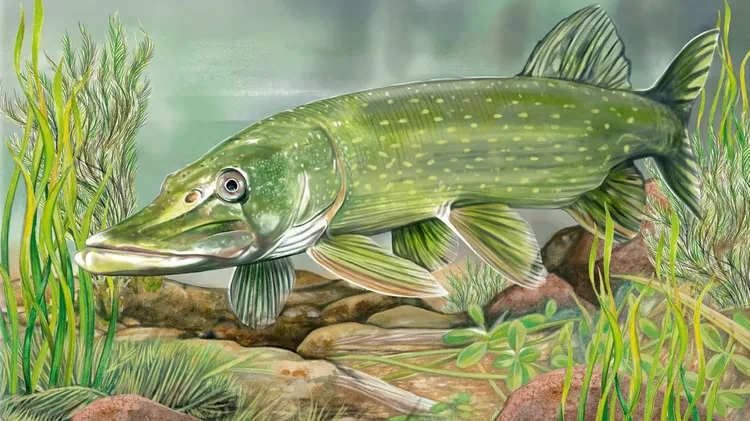A tiny catfish that thrives in cooler, flowing water? Consider me intereste
Flow with the bees
2 min read
This article is from...
Read this article and 8000+ more magazines and newspapers on Readly






